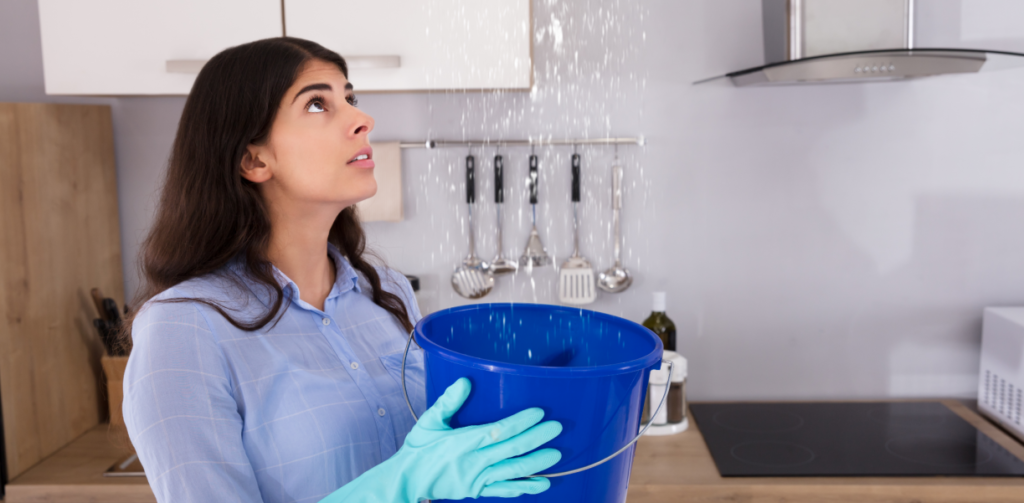 Owning a home is a massive responsibility. A homeowner’s insurance policy is the best way to protect your most valuable asset.
Owning a home is a massive responsibility. A homeowner’s insurance policy is the best way to protect your most valuable asset.
For many people, holding a homeowner’s insurance policy is a lot like owning an air conditioner: they’re glad to have one, but they’re not sure what’s in it. That’s where experienced property damage lawyers like the team at Steinger, Greene & Feiner come in. We help you understand your policy, know your rights, and seek the maximum amount of compensation available.
If you have questions about your property damage insurance coverage – especially in the aftermath of a recent storm – ask us for assistance. We work closely with clients to ensure they get all the coverage to which they should be legally entitled, and we help them avoid common mistakes that lead to uncovered losses.
Schedule a free, no-obligation appointment when you dial (800) 560-5059 or contact us online.
Learn more about the basic components of a homeowner’s property damage insurance policy below.
Basic Coverage Areas of a Typical Homeowner’s Insurance Policy

Every homeowner’s insurance contract will be unique, which means you should always read the language of the policy very closely before signing. You want to ensure you have all the coverage you would need in the event of a disaster. Also, you want to watch out for exemptions that can leave you with massive uncovered losses.
The basic components of most homeowner’s insurance policies are as follows:
Dwelling Coverage
This covers the main structure of the home, as well as any structures attached to the home, such as an outdoor patio.
Coverage for Other Structures
Many properties have multiple free-standing structures, even if they’re fairly small. Coverage for other structures can extend to sheds, pool houses, carports, fences, and other structures that are part of the overall property layout.
Personal Property Coverage
Homeowner’s insurance protects possessions inside of the home as well. Personal property coverage aims to repair or replace all damaged, covered items within the home. To ensure items are covered, take a home inventory every 2 – 5 years. Know that you may also need separate coverage for particular high-value items, such as heirloom jewelry.
Living Expenses
If your home is damaged to the point that you must move out temporarily while it is repaired or rebuilt, this coverage covers some or all of your costs. Review the covered items closely to ensure you aren’t left footing the bill for items like hotel stays in the aftermath of a disaster. Many add-on coverage areas are also available, allowing you to pick and choose based on what you think your household will need while waiting for fixes to be completed.
Liability Coverage for Property Damage or Bodily Injury
This coverage area operates similarly to liability policies for automobiles. Generally, damages are only covered if they occur on your property or are directly related to your inhabiting of the property.
Coverage for certain accidents requiring medical treatment may extend to situations where someone in your household (including a pet) causes harm outside of the home.
Actual Cash Value (ACV) vs. Replacement Value: Why It Matters
One of the most important concepts to understand is the difference between actual cash value (ACV) coverage versus replacement value coverage.
If you have a policy that offers ACV for dwelling or personal property coverage, the value of the item covered may be reduced according to the item’s age. This may not affect the general structure of the home, but specific replacement items like awnings or TVs may be severely depreciated (lowered in value) because of their age.
Replacement value compensates you for the cost of replacing the covered item in question with a brand-new item bought on today’s market. These policies ensure you can cover the entire cost of rebuilding, repairing, or replacing covered items, regardless of how much the item could have been resold for before the damage occurred.
There are also extended replacement cost value policies, which add a cushion to the expected replacement cost. For example, the cost of labor for repairs exceeds the estimated replacement value. Some carriers even offer guaranteed replacement cost value, which can mean coverage for replacement even if it technically exceeds your policy limits.
ACV policies are cheaper, but they may leave you on the hook for tens of thousands of dollars or more after a disaster. Determine your risk appetite, and always have the total cost of rebuilding in mind when deciding if you have enough coverage.
Determining What Is Covered

The most common homeowner’s policies are categorized as “HO-3 insurance” or “special form” insurance. According to the financial planning site NerdWallet, 80% of owned homes in the U.S. were covered by an HO-3 plan in 2017.
HO-3 policies cover everything that’s not specifically excluded in the policy. However, most HO-3 contracts provide 16 “named peril” examples that apply to the most-common damage scenarios. These include:
- Vandalism
- Damage from storm winds or hail
- Fire damage
- Lightning damage and damage related to a power surge
- Smoke damage
- Riots
- Theft
- Damage caused by aircraft or vehicles
- Falling objects
- Damage caused by accumulated snow, ice, or sleet
- Freezing damage or water damage caused by overflow from faulty or damaged plumbing, appliances, etc.
- Volcanic eruptions
An HO-5 policy also covers everything other than exclusions, but it generally does not specify “named perils” like an HO-3 policy does. In other words, HO-5 policies are more comprehensive than an HO-3 policy, and they help homeowners prepare for the unexpected.
Homeowners can also opt for HO-1 or HO-2 coverage. These policies are quite rare, and they only cover explicitly named coverage areas, which can leave out coverage for some of the most common types of home damage. Find a great insurance policy guide to walk you through the process, step by step.
Hurricane Damage and Flood Damage

Flood damage is one of the most common exemptions found in a typical homeowner’s insurance policy. To obtain flood coverage, you will likely have to be located in a surveyed floodplain and work through the FEMA flood insurance program.
Your insurance policy may also not cover damage related to certain natural disasters. For instance, not having hurricane coverage can mean that some windstorm damage will not be covered, which can be a particular problem in states like Florida. But you can and should try to file a property claim after a hurricane.
Go Through Your Policy With a Property Damage Lawyer
Steinger, Greene & Feiner wants to be there when you need us most. If your home has been damaged, someone is hurt, or you otherwise think you may need to use your homeowner’s insurance policy, we can provide the legal representation and assistance you need to obtain compensation for your losses.
Insurance companies are notorious for using any tactics they can to deny or reduce the value of your claim. Don’t be misinformed of your rights as a policyholder! Let experienced property damage attorneys review your policy language, calculate your full damages, and fight to get the maximum amount of coverage available.
Learn more about your legal rights and options during a free case review with a property damage lawyer near you. Call (800) 560-5059 or contact us online to schedule a free, no-obligation consultation now.
